Delivery technology has many challenges to overcome
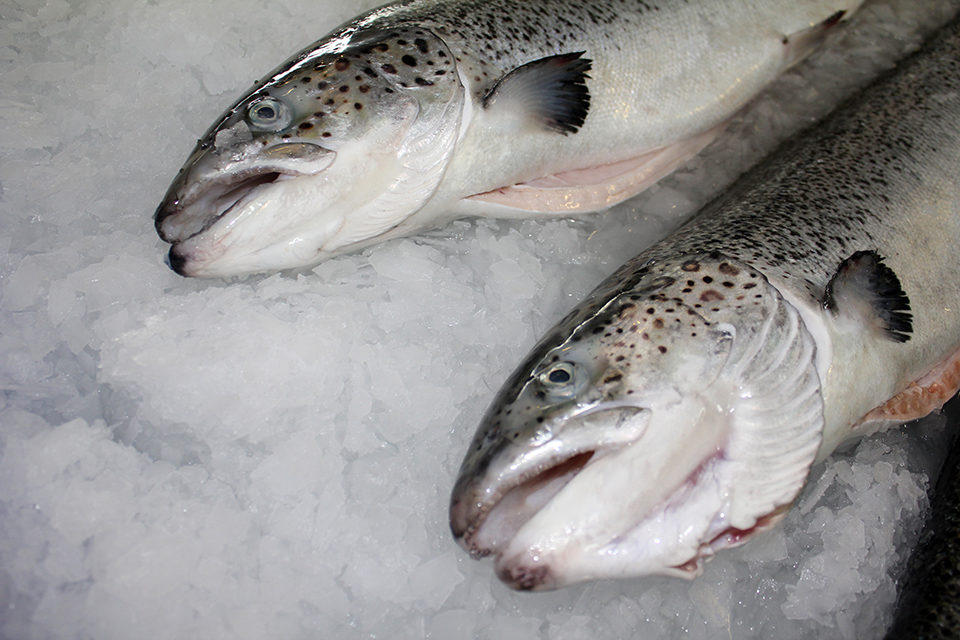
The devastating outbreak of infectious salmon anemia (ISA) between 2007 and 2008 caused major economic losses to the Chilean salmon industry. To prevent another ISA crisis, farmers extensively used several injectable vaccines and antibiotic treatments to control pathogen infections and protect their yields from losses. Those efforts, however, were costly and of limited success.
The introduction of novel and cost-effective oral vaccine technology to the Chilean salmon industry has significantly reduced the occurrence of ISA and is providing an effective tool to manage other diseases currently affecting the aquaculture industry.
Vaccination methods
There are three viable routes for the application of vaccines in aquaculture: injection, immersion and oral vaccination. The injection route is a time-consuming method that requires fish-by-fish application and may induce stress-related effects on the fish, such as immunosuppression, reduction in feed uptake and injection- and handling-related mortalities.
Moreover, injectable vaccines do not represent a practical choice, because once the fish are transported to open-sea cages for final grow-out, they usually require additional injections or booster vaccinations to maintain heightened protective status throughout the farming period. The result can be a significant loss of fish due to disease infection just before marketing, which can be devastating to farmers, since significant time and resources have already been invested in the fish.
Although it is relatively easy and safe to apply and is less stressful than injection, immersion vaccination is a method that is limited to small fish, as it is impractical to use with large fish in sea cages or even large tanks.
The disadvantages associated with injection and immersion vaccinations have led the industry to develop more practical delivery methods. The oral route of vaccination against fish diseases represents a new and significant advantage in aquaculture health management and vaccination programs.
Oral vaccination
Oral vaccine administration can be done with virtually all fish sizes. This method is a stress-free and inexpensive way to vaccinate or boost already vaccinated fish in any culture environment.
To be successful, however, oral vaccine delivery technology must address challenges that include overcoming degradation in the harsh, low-pH digestive environment with digestive enzymes and bile acids, adhering and persisting on the gut mucosal tissues, and effectively eliciting both innate and systemic immune responses. Other delivery challenges include cost-effective production, shelf storage stability and treatment to prevent leaching from feed upon contact with water.
Targeted diseases
In Chile, two of the major diseases affecting the salmon industry are infectious salmon anemia, caused by the infectious salmon anemia virus, and salmonid rickettsial septicemia (SRS), caused by the gram-negative bacterium Piscirickettsia salmonis.
Both pathogens infect post-smolt salmon species, regardless of the age of the fish. Together, they have caused losses to the Chilean salmon industry recently estimated to exceed $300 million. Although several vaccine combinations for ISA and SRS are available, all are currently applied by the injection route and mostly during the freshwater growing phase.
ISA vaccine
Advanced BioNutrition Corp. has developed a novel oral vaccine delivery system that provides effective immunization against ISA and SRS. The technology was licensed to Centrovet Laboratories in Chile and applied to unique ISA virus-derived antigens expressed in yeast and bacterin SRS, both of which are encapsulated with this proprietary custom delivery formulation.
Fish fed the encapsulated combined vaccines showed a significant two- to three-fold increase in specific anti-ISA and anti-SRS antibody (IgM) titers (Fig. 1), which was noticeably detectable up to 1,200 degree days after vaccination as compared to a control treatment. In addition, when fish were challenged with virulent viral and bacterial strains, the survival of orally vaccinated fish was significantly higher than in the unvaccinated control groups (Fig. 2). Centrovet has also demonstrated that post-infection survival correlated with the fish IgM titer.

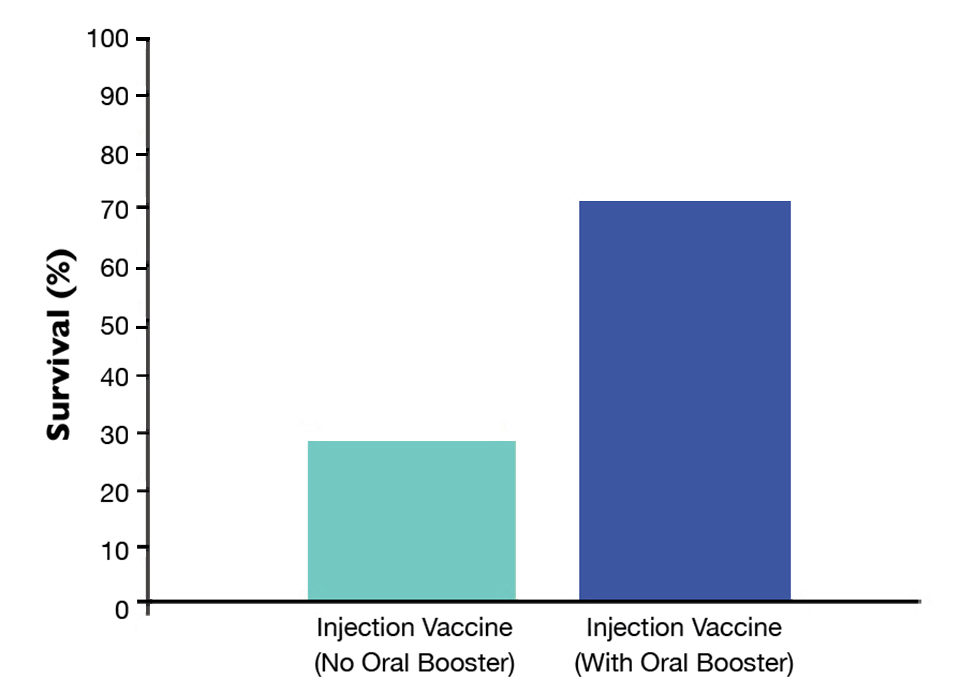
The oral vaccination technology appeared safe for the fish, since overfeeding by up to two times normal amounts did not interfere with normal growth and weight gain.
Oral vaccination expanding
Due to the risks and financial losses associated with disease-causing pathogens, commercial aquafarming is looking for sustainable and cost-effective vaccination methods to protect its investments without compromising the quality of the fish. Strategies for increasing the utilization of encapsulation of vaccines for oral delivery have helped decrease overall costs. In addition, the use of effective oral vaccination programs will continue to offer farmers a comprehensive protection strategy using periodic oral vaccination treatment to maintain immunity.
Currently, more than 40 million fish are orally vaccinated against ISA and SRS in Chile, and the demand for more oral vaccination programs is growing. Further studies to address the efficacy of oral vaccines against pancreas disease and infectious pancreatic necrosis are in final development. Additionally, work in applying this vaccination method with other farmed species, such as tilapia, sea bream and barramundi, is in progress.
(Editor’s Note: This article was originally published in the January/February 2013 print edition of the Global Aquaculture Advocate.)
Authors
-
S. Kambalapally
Advanced BioNutrition Corp.
7155 Columbia Gateway Drive, Suite H
Columbia, Maryland 21046 USA -
M. Harel
Advanced BioNutrition Corp.
7155 Columbia Gateway Drive, Suite H
Columbia, Maryland 21046 USA -
J.A. Tobar
Centrovet Ltda.
Av. Los Cerrillos 602
9201291 Cerrillos
Santiago, Chile
Tagged With
Related Posts
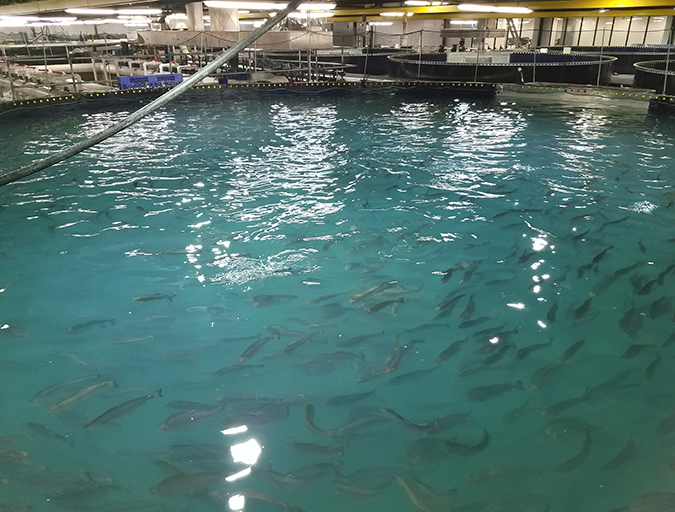
Intelligence
A land grab for salmon (and shrimp) in upstate New York
The operators of Hudson Valley Fish Farm see their inland locale as a pilot to prove that land-based fish farming, located in close proximity to major metropolitan markets, can be successful.

Responsibility
A look at integrated multi-trophic aquaculture
In integrated multi-trophic aquaculture, farmers combine the cultivation of fed species such as finfish or shrimp with extractive seaweeds, aquatic plants and shellfish and other invertebrates that recapture organic and inorganic particulate nutrients for their growth.
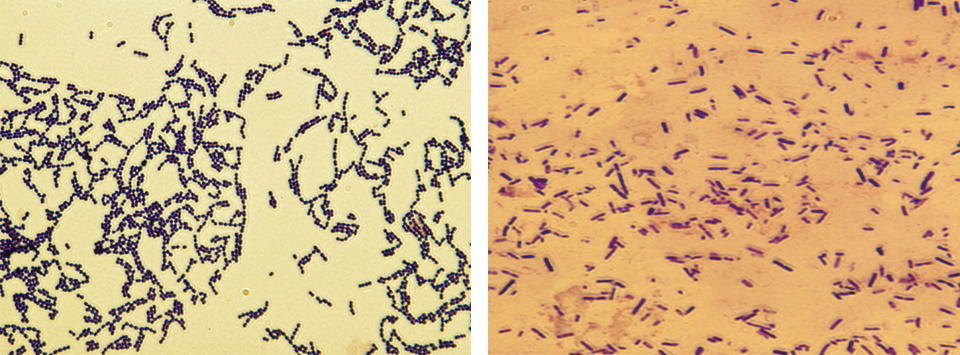
Health & Welfare
Developing live bacterial vaccines by selecting resistance to antibacterials
As wide use of antibiotics has led to antibiotic resistance in fish pathogens, vaccines present an alternative control method to prevent bacterial diseases.
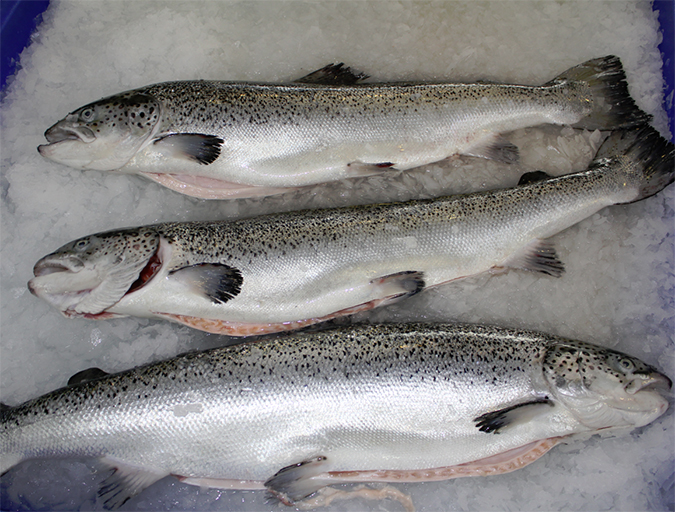
Health & Welfare
Aquaculture viruses: An Atlantic salmon case study
Viruses often are the most potentially damaging pathogens in nature, affecting both wild stocks and farmed animals. Due to an Infectious Haematopoietic Necrosis (IHN) viral outbreak that occurred in Atlantic salmon in British Columbia, Canada some years ago, a vaccine for IHN was developed against this serious threat.


